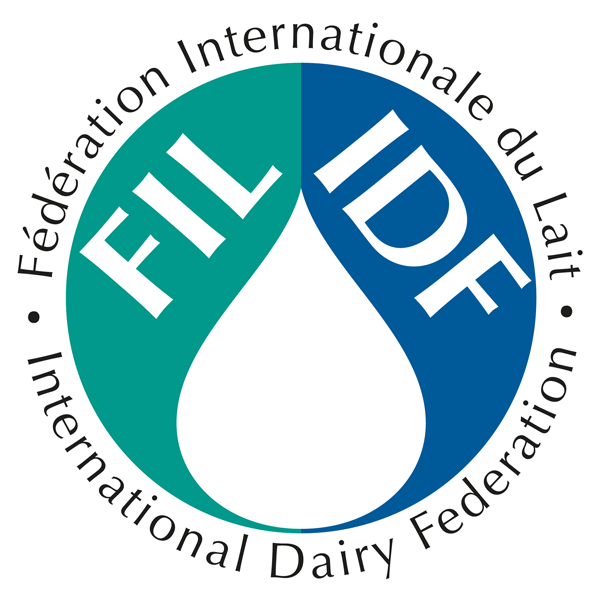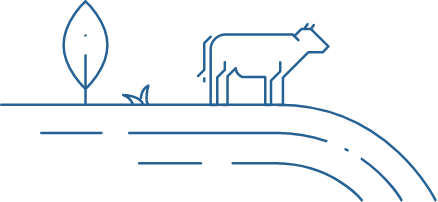Share this page
UK School Milk Schemes
Supporting healthy eating habits and good nutritional health in children from an early age
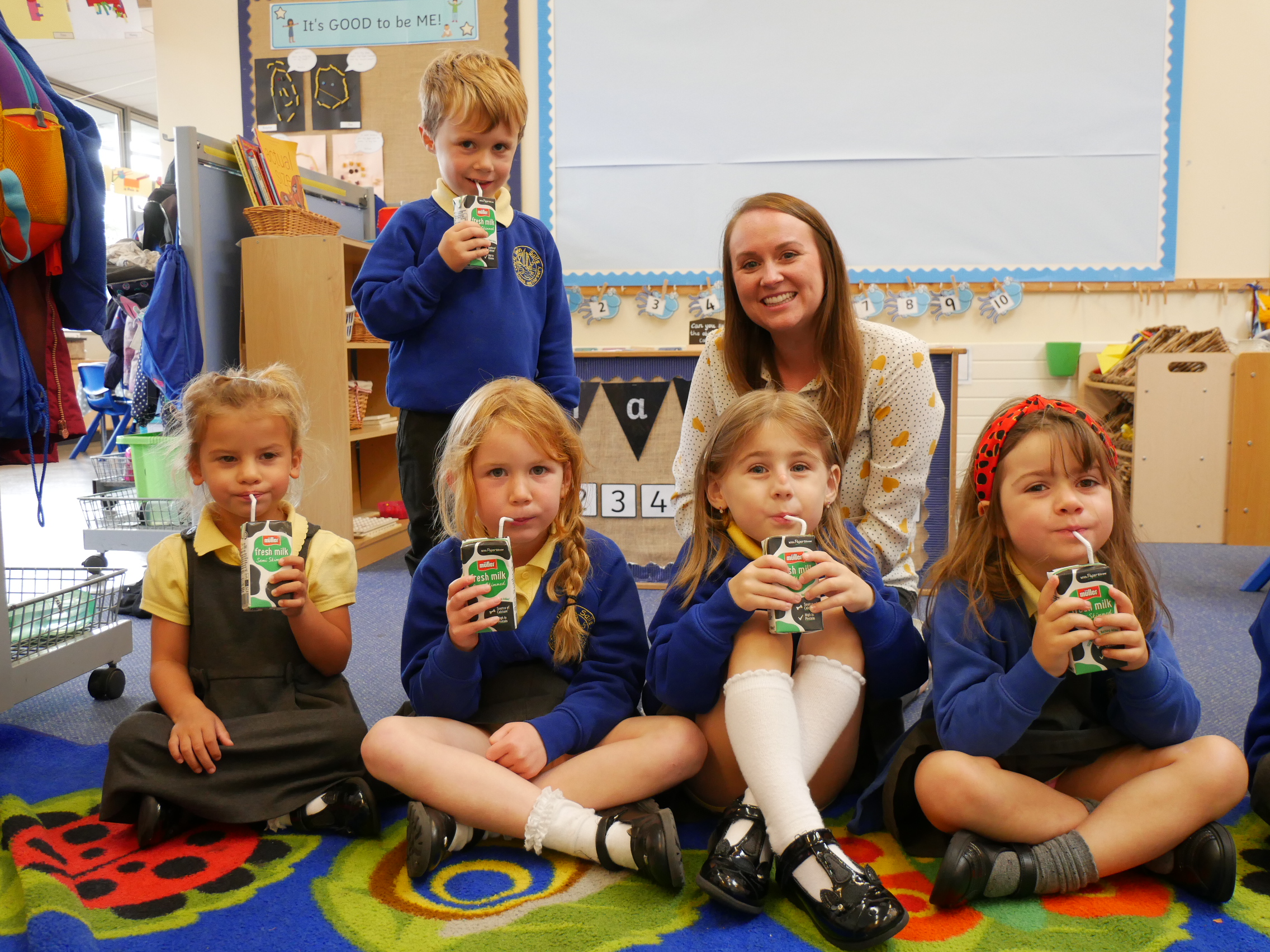
Location
UK
Number of children
Approx. 1.5 million
Age range
0-18
Timing
1920s-present
Programme overview
The school milk programmes, respectively titled The School Milk Scheme, The Nursery Milk Scheme (England, Wales and NI) and the Milk and Healthy Snack Scheme (Scotland), were created in the 1920s.
Today they are run by the Department for Environment Food and Rural Affairs (England), The Scottish Government, The Welsh Government, and the Department of Agriculture, Environment and Rural Affairs (NI) and the Departments of Health and Social Care, and for Education, in each devolved nation.
The goals of the programmes are to support the consumption of dairy products by children from an early age in order to promote healthy eating habits and good nutritional health, as well as supporting efforts to tackle childhood obesity.
Milk from the schemes may be served as a mid-morning or afternoon drink, a drink with a meal, a separately identifiable part of a meal (however the milk must retain its identity and not be altered or incorporated as an ingredient).
Type of products
Whole or semi-skimmed milk and yoghurt
Stakeholder engaged
Local authorities, schools, parents & school children
Additional details
Products must be of EU origin. Claimants must be approved by the relevant authorities in advance. As a condition of approval, claimants must certify that they will comply with the scheme rules. Claims are also subject to on-the-spot checks before payment if they exceed £1,000, or where errors are identified from administrative checks. The following types of organisation are eligible to be claimants: an individual education authority, in respect of products distributed in schools in its area, an individual school, a supplier to a school or education authority; or an organisation set up specifically for the purpose of supplying milk or milk products under the scheme.
Children aged 0 to 5 are eligible for the nursery milk schemes and children aged 3 to 18 years are eligible for the school milk schemes, or more specifically:
- Pre-primary and primary schools across the UK (children aged 3 to 11 years but not where milk has been fully reimbursed under national Nursery Milk Schemes).
- Special schools for children with special educational needs, including learning disabilities or physical disabilities – for ages 4 to 18 years in England, Scotland and Northern Ireland and for ages 3-11 in Wales.
- Secondary schools in England, Scotland and Northern Ireland (but excluding Wales) – children aged 11 to 18 years.

Organisation
Department for Environment Food and Rural Affairs (England), The Scottish Government, The Welsh Government, and the Department of Agriculture, Environment and Rural Affairs (NI) and the Departments of Health and Social Care, and for Education, in each devolved nation.
Product details
From cow, goat or sheep: whole or semi-skimmed pasteurized (flavoured with a maximum 7% of added sugar) fluid milk, whole or semi-skimmed plain yoghurt, lactose-free or reduced fluid milk, and UHT fluid milk.
Standard portion size: 180mL, with a maximum volume of 250mL/day/student.
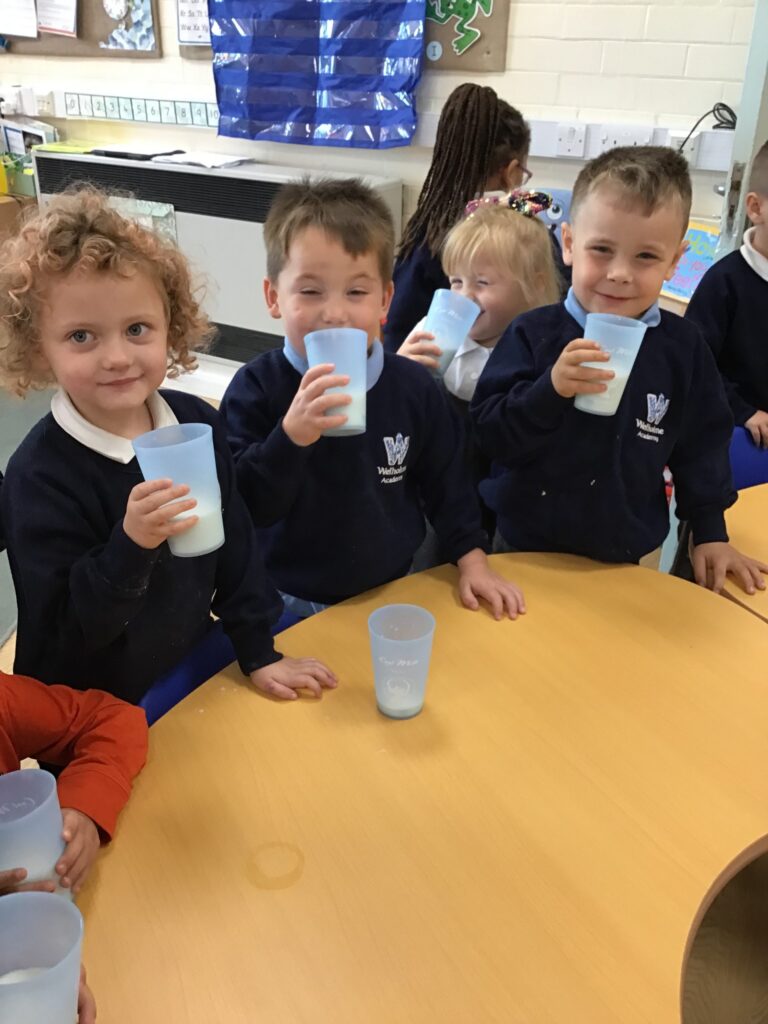
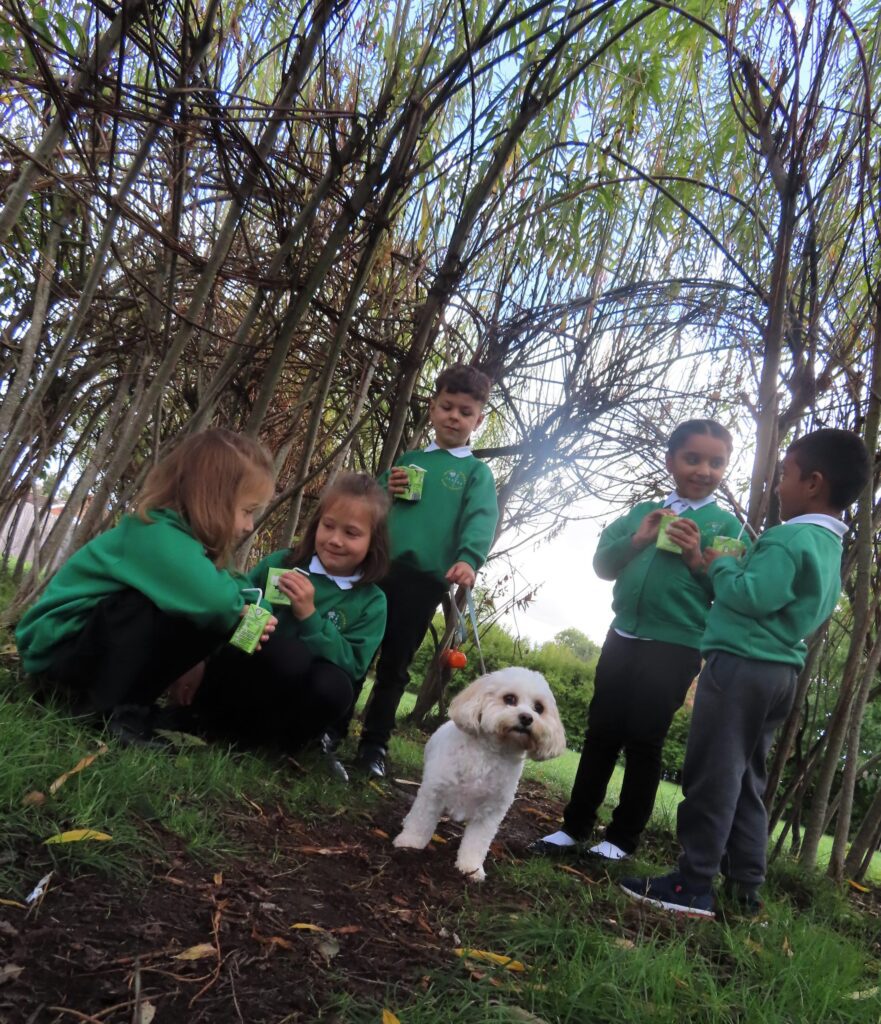
Changes due to COVID-19
During the pandemic the closure of schools led to huge losses in revenue for dairy farmers in the UK, with over a million litres dumped during the second half of 2020. The most vulnerable and disadvantaged children were impacted the most, particularly those on free school meals. (31% of children on FSM did not receive a substitute during the first lockdown due to issues with the voucher scheme). There was no way of monitoring how the vouchers were spent and so less milk was provided.
